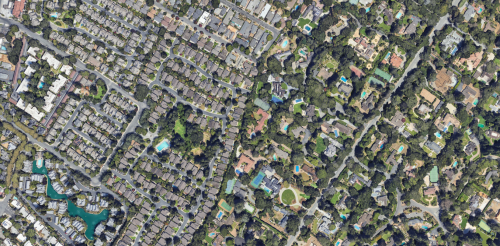Housing shortage
It took a global pandemic to convince American businesses that their employees could work productively from home, or a favorite coffee shop. Post-COVID-19, employers are struggling to find the right balance of in-office and remote work. However, hybrid work is likely here to stay, at least for a segment of workers. This shift isn’t just changing lifestyles – it’s also affecting commercial spaces. Office vacancy rates post-COVID-19 shot up almost overnight, and they remain near 20% nationwide, the highest rate since 1979 as tenants downsize in place or relocate. This workspace surplus is putting pressure on existing development loans and leading to defaults or creative refinancing in a market already plagued by higher interest rates. Office tenants with deeper pockets have gravitated to newer and larger buildings with more amenities, often referred to as Class A or “trophy” buildings. Older Class B and C buildings, which often have fewer amenities o...
The odd headlines about little towns in the San Francisco Bay Area just keep coming. First Woodside, a tiny suburb where several Silicon Valley CEOs have lived, tried to declare itself a mountain lion habitat to evade a new California law that enabled owners of single-family homes to subdivide their lots to create additional housing. Then wealthy Atherton, with a population of 7,000 and a median home sale price of US$7.5 million, tried to update its state-mandated housing plan. Until very recently, 100% of Atherton’s residentially zoned land allowed only single-family houses on large lots. When the City Council considered rezoning a handful of properties to allow townhouses, strenuous objections poured in from such notable local residents as basketball star Steph Curry and billionaire venture capitalist Marc Andreessen. A council member argued that the town should “express and explain the specialness of Atherton … to succeed in reducing [the state’s] ex...

